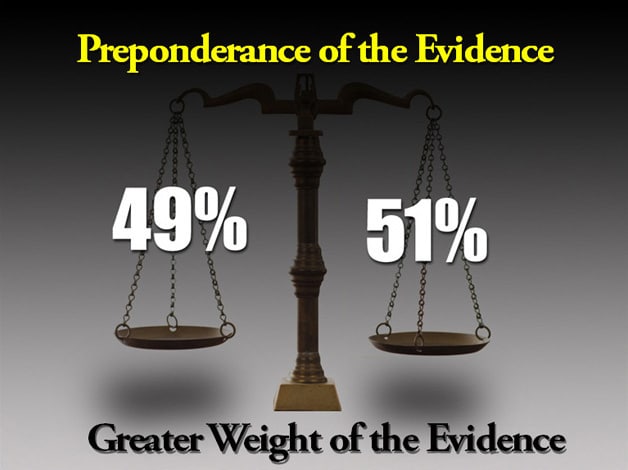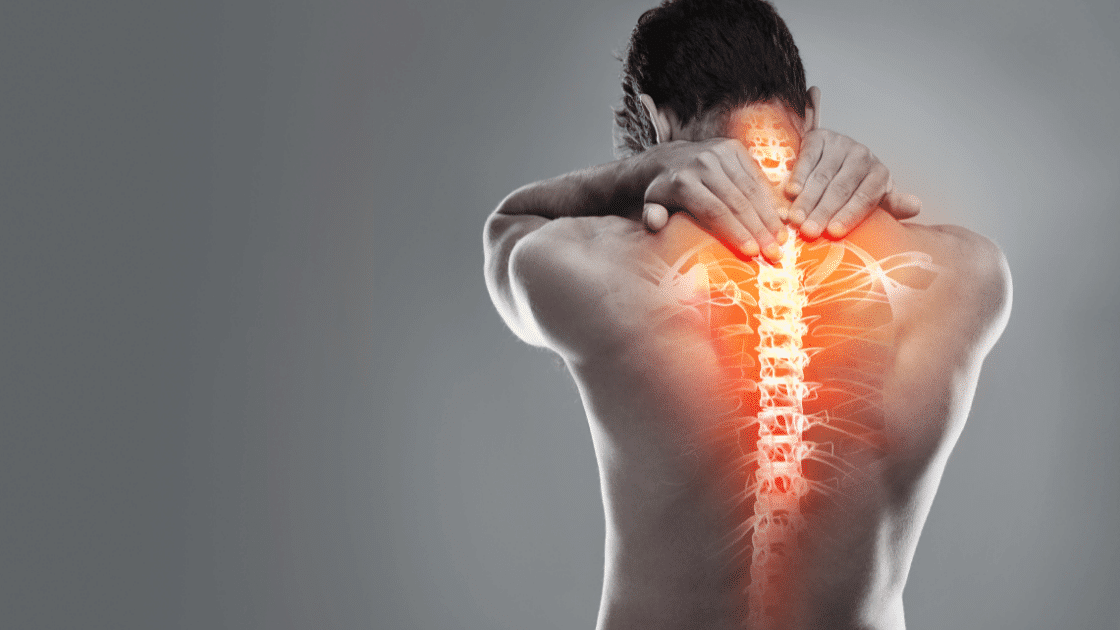
Preponderance of Evidence
Preponderance of evidence is the standard of proof commonly used in civil cases, requiring that the plaintiff’s evidence be more convincing and likely true than the defendant’s. Unlike the “beyond a reasonable doubt” standard in criminal cases, the preponderance of evidence standard is met when the scales of evidence tip even slightly in favor of one party, indicating that it is more likely than not that the claim is valid. At 770GoodLaw, we help clients build strong cases that meet the preponderance of evidence standard, ensuring that their claims are well-supported and persuasive in court.
Purpose of the Preponderance of Evidence Standard
The preponderance of evidence standard provides a fair and reasonable means of determining liability in civil cases. By requiring a lesser degree of proof than criminal cases, this standard balances the burden placed on plaintiffs while ensuring defendants are not held liable without sufficient justification. Key purposes include:
-
Establishing a Fair Burden of Proof: This standard provides plaintiffs with an attainable burden of proof that is suitable for civil cases, where life or liberty is not at stake.
-
Ensuring Just Outcomes: The standard ensures that judgments are based on the likelihood of truth, creating fairness by holding parties accountable based on a balanced evaluation of the facts.
-
Promoting Civil Accountability: By requiring plaintiffs to present a stronger case than defendants, the preponderance of evidence standard promotes accountability without requiring irrefutable proof.
How the Preponderance of Evidence Standard Works
In a civil trial, the judge or jury evaluates the evidence presented by both parties, determining which side’s evidence is more convincing. To meet the preponderance of evidence standard, the plaintiff must show that their claims are more likely true than not. Key elements of how this standard works include:
- Evidence Evaluation: The judge or jury considers all evidence presented by both sides, including witness testimony, documentation, and physical evidence.
- “More Likely Than Not” Threshold: The standard requires that the plaintiff’s evidence makes their claim at least 51% likely to be true, tipping the scales in their favor.
- Comparative Analysis: The jury or judge compares the credibility, relevance, and overall strength of the plaintiff’s and defendant’s evidence.
- Applying the Verdict: If the plaintiff meets this burden, they win the case; if the defendant’s evidence is stronger or equal, the plaintiff’s claim is denied.
Types of Evidence Used to Meet the Preponderance Standard
Meeting the preponderance of evidence standard requires presenting credible, relevant, and convincing evidence. Common types of evidence include:
-
Witness Testimony: Statements from witnesses who observed the incident or can testify to specific details that support the plaintiff’s claims.
-
Expert Testimony: Testimony from experts in fields like medicine, forensics, or accident reconstruction can clarify technical details and support the plaintiff’s position.
-
Documentary Evidence: Documents, such as medical records, emails, and contracts, provide concrete evidence to support the plaintiff’s claims.
-
Physical Evidence: Tangible items, such as photographs, videos, or physical objects, can help demonstrate the plaintiff’s version of events.
Differences Between Preponderance of Evidence and Other Standards of Proof
The preponderance of evidence standard differs from other standards of proof, particularly in criminal cases. Understanding these differences helps clarify the burden of proof in civil cases. Major differences include:
-
Beyond a Reasonable Doubt: In criminal cases, this higher standard requires the prosecution to prove guilt with near certainty, ensuring no reasonable doubt remains. Civil cases, in contrast, only require proof that the claim is more likely than not.
-
Clear and Convincing Evidence: This intermediate standard, used in some civil cases, requires the plaintiff to prove that the claim is highly likely, but not with the certainty of “beyond a reasonable doubt.”
-
Balance of Probabilities: Similar to preponderance of evidence, this standard is often used interchangeably in civil cases to mean that one side’s case is more probable than the other.
How 770GoodLaw Assists Clients in Meeting the Preponderance of Evidence Standard
At 770GoodLaw, we understand the importance of building a well-supported case that meets the preponderance of evidence standard. Our attorneys gather, organize, and present evidence in a compelling manner, ensuring that our clients’ claims are as persuasive as possible. Our approach includes:
- Collecting Comprehensive Evidence: We gather all relevant documents, witness statements, and physical evidence to support our clients’ claims.
- Working with Experts: Our team collaborates with experts in relevant fields to strengthen our clients’ cases with credible, specialized testimony.
- Developing a Persuasive Argument: We organize and present evidence to build a logical, compelling narrative that clearly demonstrates the likelihood of our clients’ claims.
- Advocating in Court: Whether through direct examination of witnesses or presentation of documentary evidence, we advocate strongly for our clients, ensuring that their case meets the preponderance of evidence standard.
Importance of Legal Representation for Meeting the Preponderance of Evidence Standard
Meeting the preponderance of evidence standard requires skillful evidence gathering, analysis, and presentation. Legal representation helps clients build a persuasive case, ensuring that their evidence is presented effectively and that their rights are protected. At 770GoodLaw, we provide experienced support to help clients meet the burden of proof in civil cases, maximizing their chances for a successful outcome.
Why Choose 770GoodLaw for Civil Cases Requiring the Preponderance of Evidence
Our commitment to Relentless Reliability and Sincetegrity drives us to provide thorough, client-focused support for clients navigating civil cases. At 770GoodLaw, we work to build strong cases that meet the preponderance of evidence standard, helping clients achieve justice and fair compensation.






